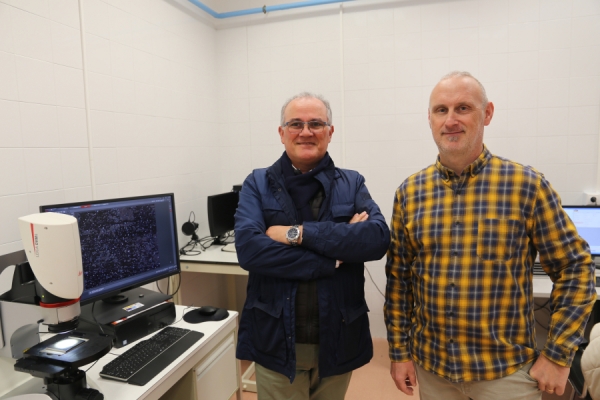By the time a dish reaches a table, science has already been applied to a myriad of processes. From growing techniques that achieve sustainable, high- quality food, to technology that prevents food from sticking to the cookware used to prepare it. In fact, non-stick coatings have been enhancing the relationship between pans and food for more than 60 years thanks to the invention of polytetrafluoroethylene, better known by its trade name: Teflon.
These fluoropolymer coatings, standing out for their anti-adhesive power seem to have their days numbered, however, as the European Union's medium-term strategy is to reduce or eliminate their use due to possibly harmful effects on health and the environment produced during their manufacture, though this is still being debated in the international scientific community. Thus, a team in the Mechanics Department at the University of Cordoba has evaluated the anti-adhesive power and durability of two traditional fluoropolymer coatings relative to those of two new ceramic coatings, developing a simple and effective evaluation protocol.
Turning the lab into a kitchen, researchers Guillermo Guerrero, Francisco Comino, and Óscar Rodríguez used a very sticky pancake dough comprised of rice flour, lots of sugar, and eggs. "We cooked the pancakes on the different coatings, repeating the action up to 90 times for each option," Guillermo Guerrero explains. "We used a special spatula with a dynamometer to measure the peeling force, and we also evaluated how the surface changed with use over time," he continues.
After measuring the slip angle (the angle at which a drop, usually of water, deposited on a slowly sloping surface begins to slip), and the roughness and the wearing of the surface after cooking the dough, it was clear: Teflon is still more effective than the new ceramic coatings. The peel force required to lift the dough was between 7 and 14 times less when Teflon was used. In short, Teflon is less sticky.
"The sol-gel ceramic coatings do not feature optimal anti-adherence, but they have other properties: they are very tough and very resistant to scratching and temperatures, but they demold worse, so we are facing the technological challenge of looking for good solutions to the absence of fluoropolymers," said the researcher. In addition to its routine use in food, there are more demanding areas, such as in Industry, where an efficient alternative is decisive.
The team, which is also exploring what improvements the new coatings need to implement, makes this non-stick evaluation procedure available; one that is cost-effective, easy to perform and suitable for industrial applications. In the meantime, the search for the ultimate "non-stick" continues.
References
Guerrero‐Vacas, G., Comino, F., & Rodríguez‐Alabanda, Ó. (2024). Evaluation of the effectiveness and durability of commercial non-stick coatings. Journalof FoodEngineering, 370, 111959. https://doi.org/10.1016/j.jfoodeng.2024.111959


